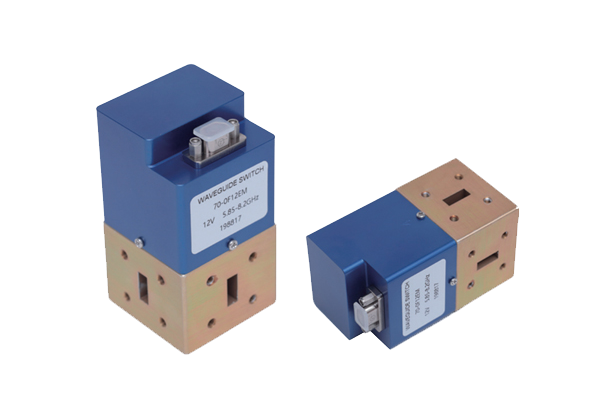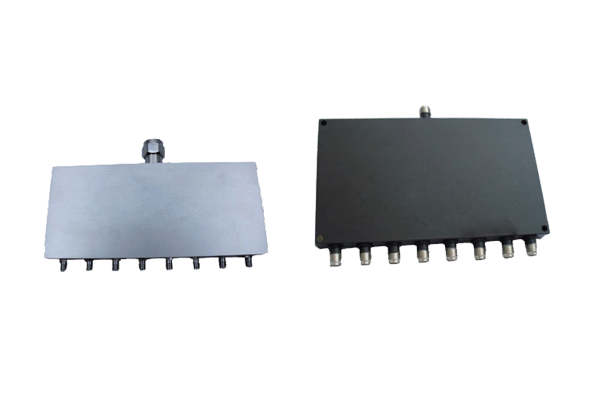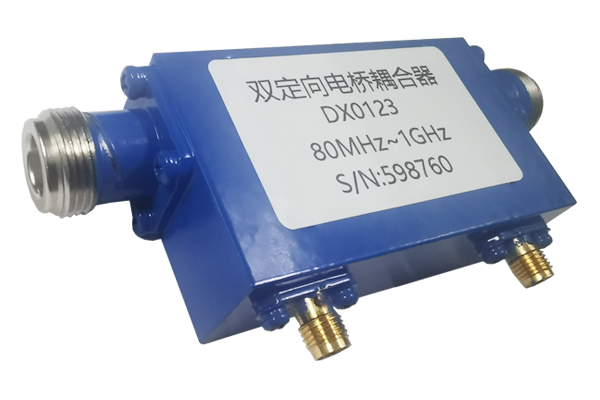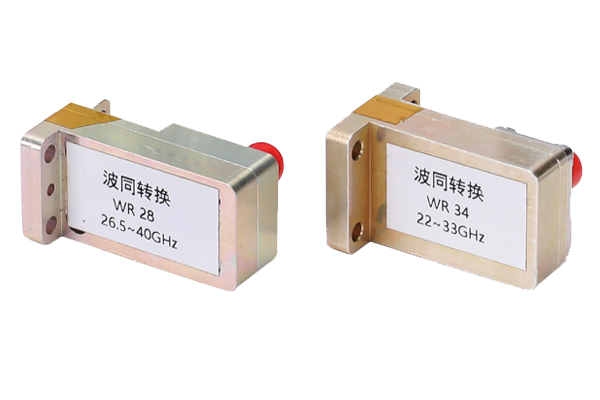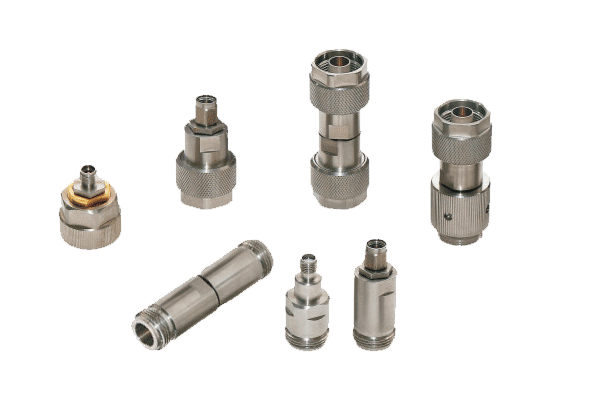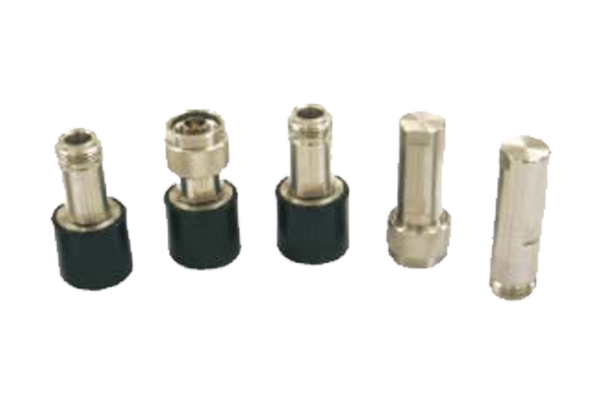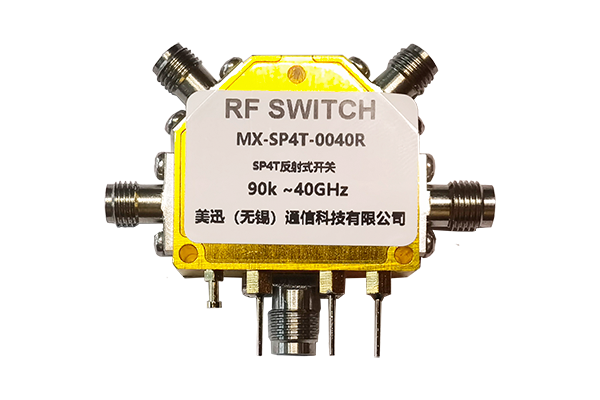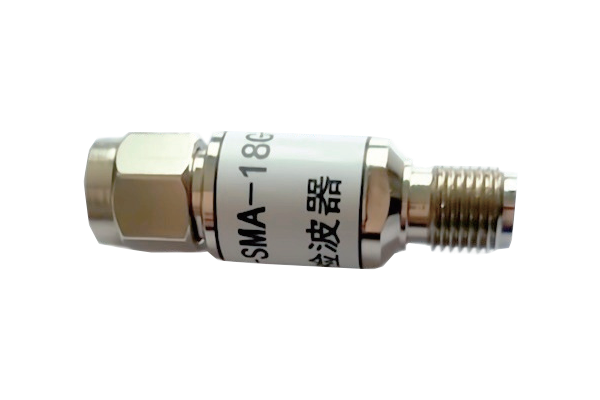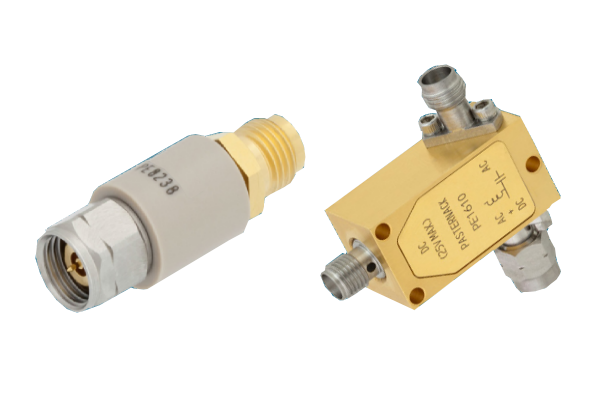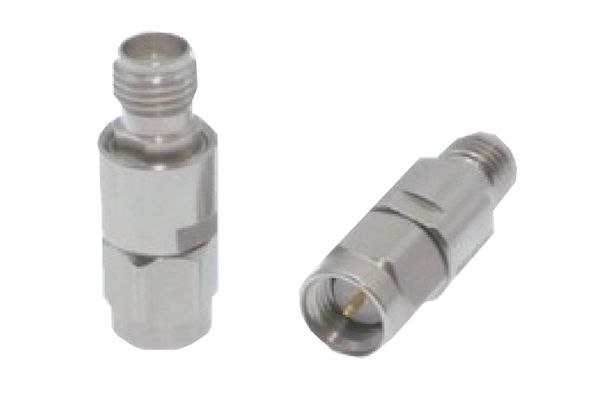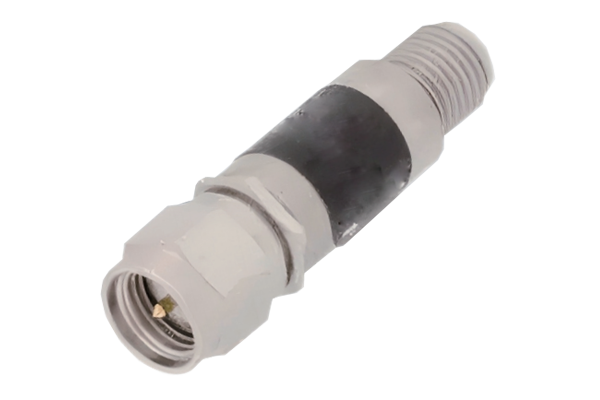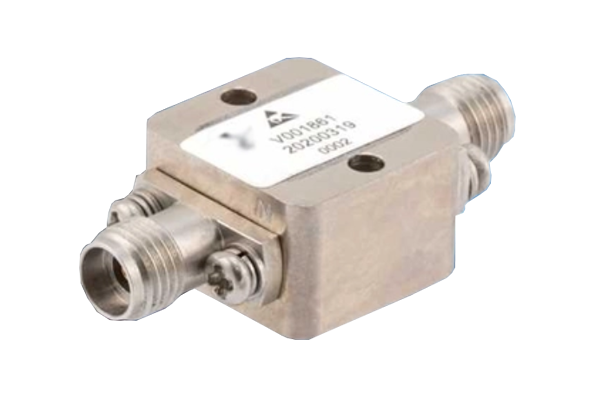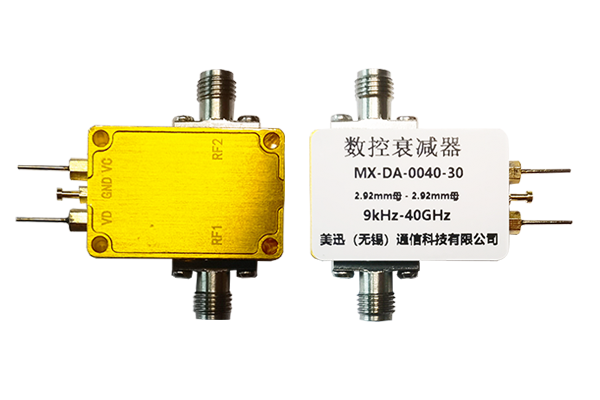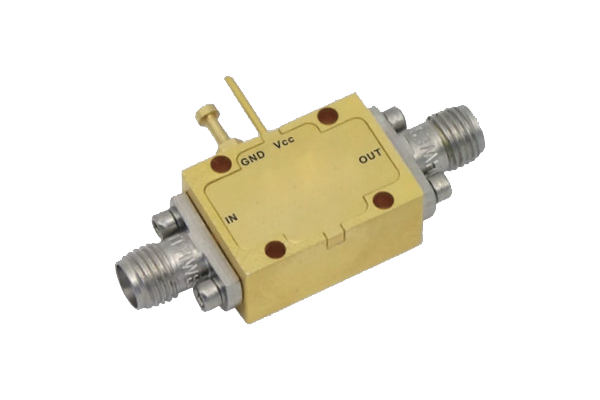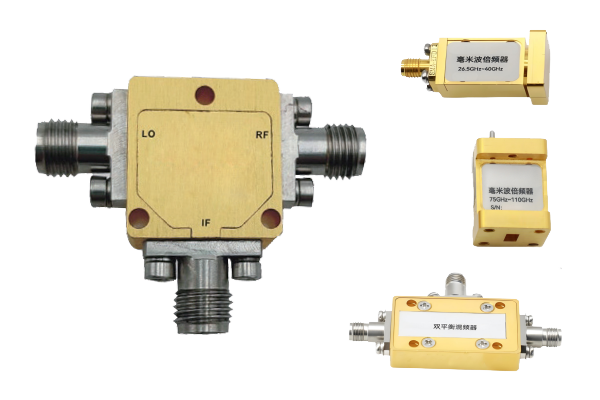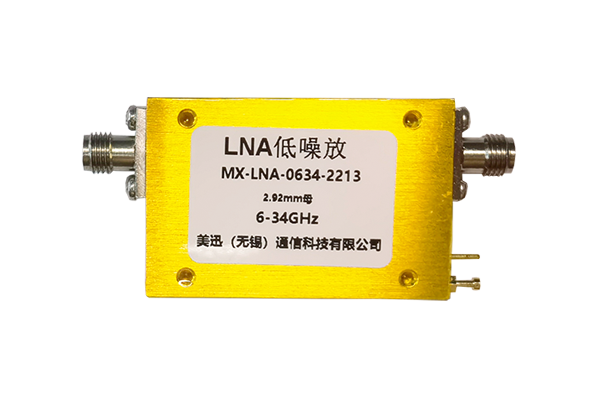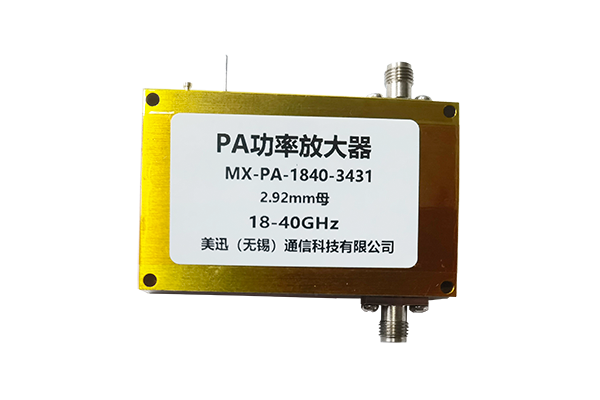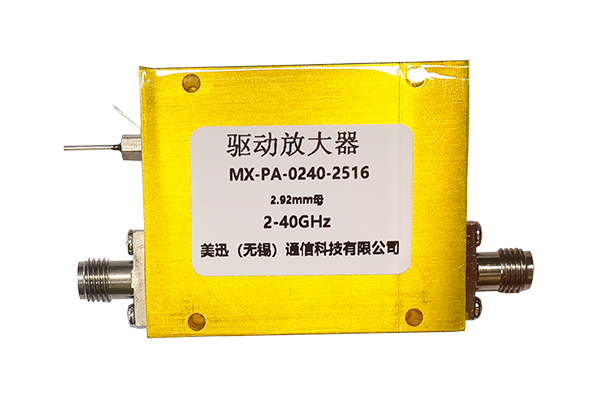How to Test the Conduction State of a PIN Diode Switch
PIN Diode Conduction State Testing Protocol
1. Key Parameters to Measure in Conduction State
When a PIN diode switch is in the forward-biased conduction state, its performance is characterized by:
- On-Resistance (Rₒₙ): Typically < 1 Ω for low-loss switching
- Insertion Loss (IL): Measured in dB (e.g., IL < 0.5 dB)
- Current-Carrying Capacity: Ranges from 100 mA to 10 A
- Voltage Drop (Vₚ): ≈ 0.8V at 100 mA for silicon PIN diodes
*Performance Benchmark:*
High-performance switches: IL < -0.2 dB
Standard devices: Rₒₙ < 0.8 Ω at 100 mA
2. Test Setup and Equipment
3. Step-by-Step Test Procedure
1 DC Conduction Test
- Connect PIN diode to DC supply in forward bias
- Increase bias current from 0 to rated value (e.g., 500 mA)
- Record Vₚ at each step using DMM
- For RF switches: Use 4-wire Kelvin connection
2 RF Conduction Test
- Configure VNA with frequency sweep (100 MHz–10 GHz)
- Measure insertion loss (S₂₁) under forward bias
- Check VSWR < 1.2 at input/output ports
*Expected Results:*
Temperature sweep (+85°C): Rₒₙ increase 10–20%
Pulsed current (100 µs): Stable Rₒₙ/Vₚ
5. Standards and Documentation
- Compare against datasheet specifications (e.g., MACOM MA4AGBLP)
- Document test frequency, bias conditions, temperature
- Include failure analysis for out-of-spec results




